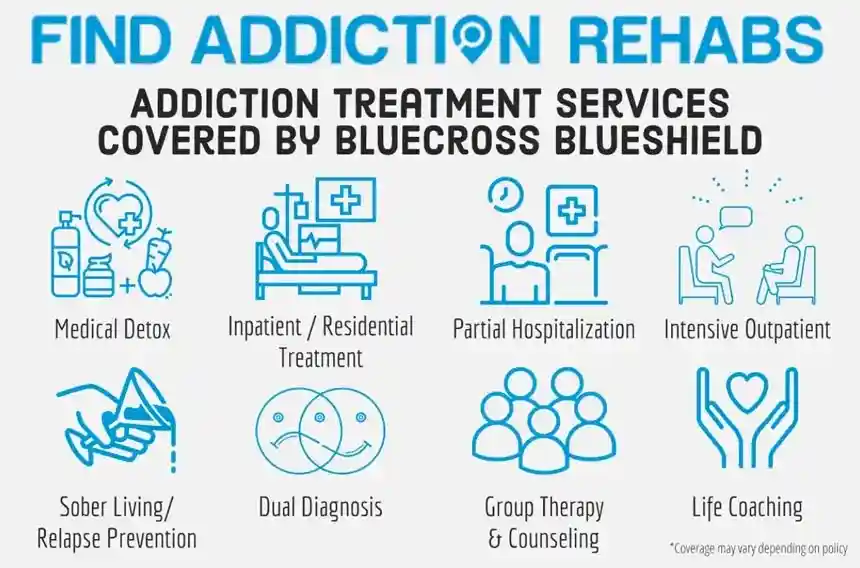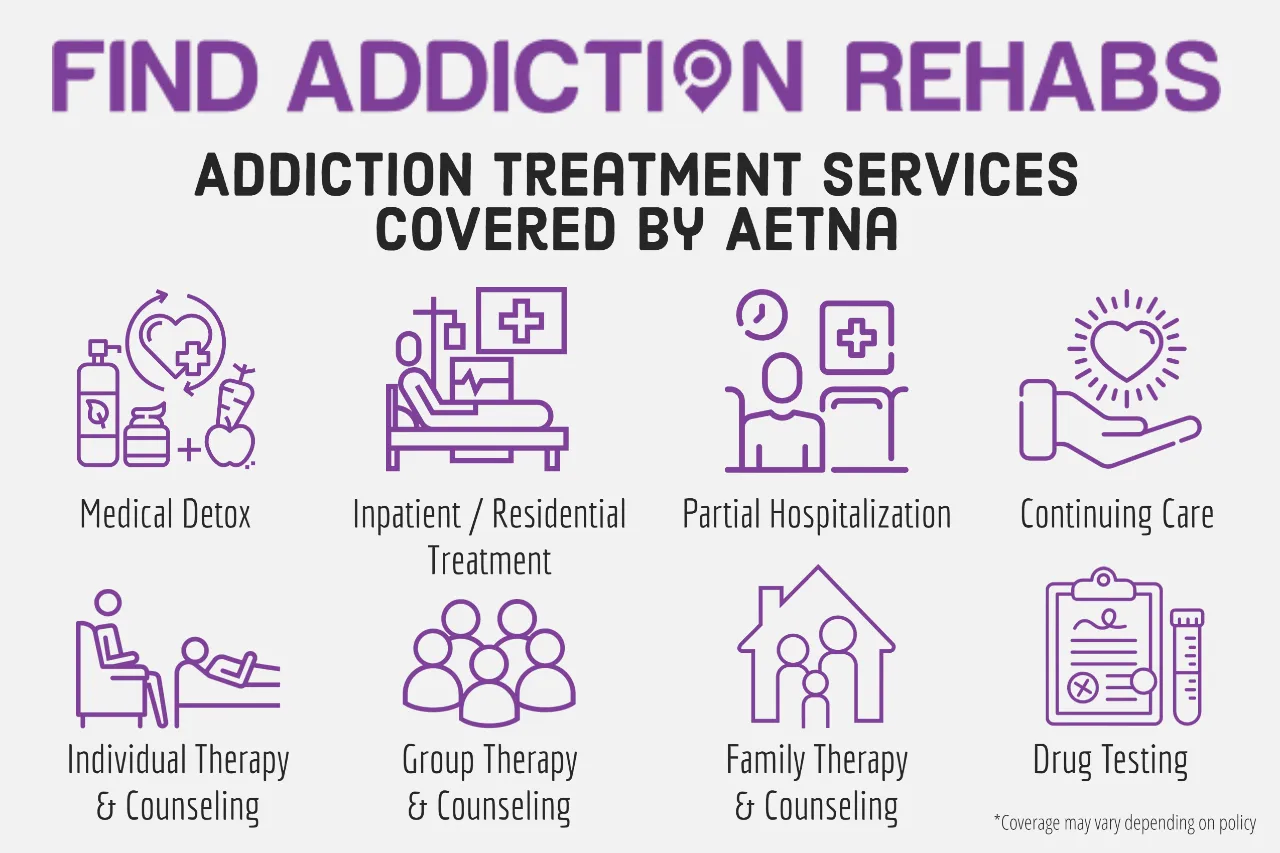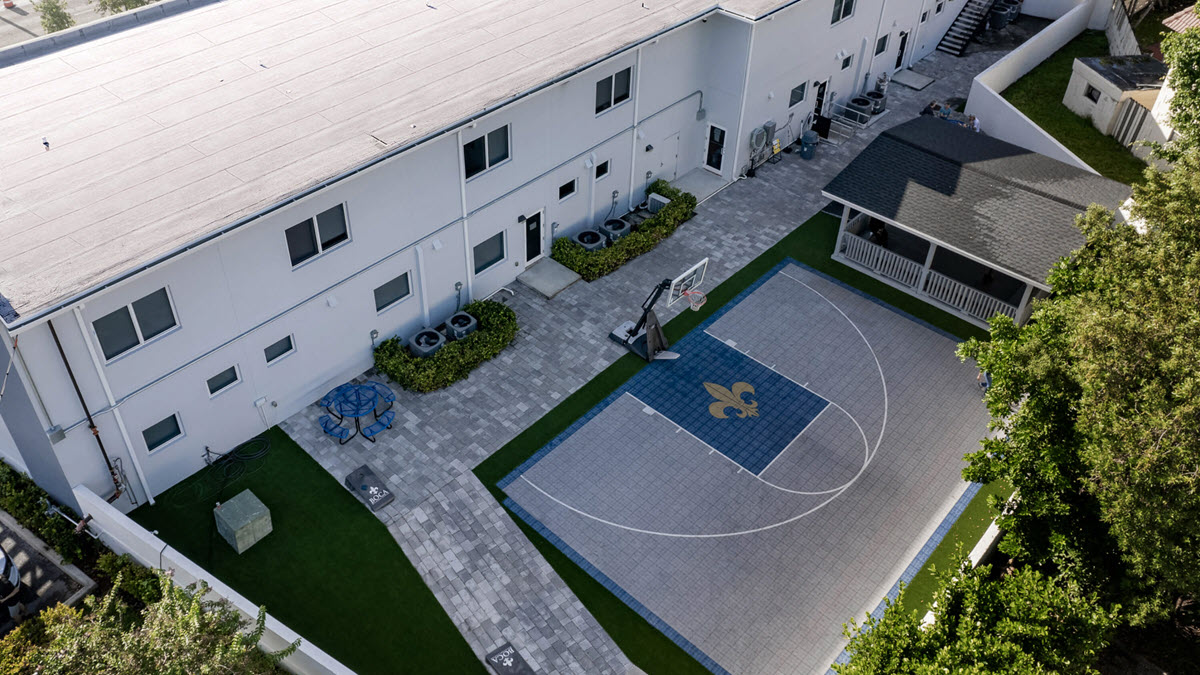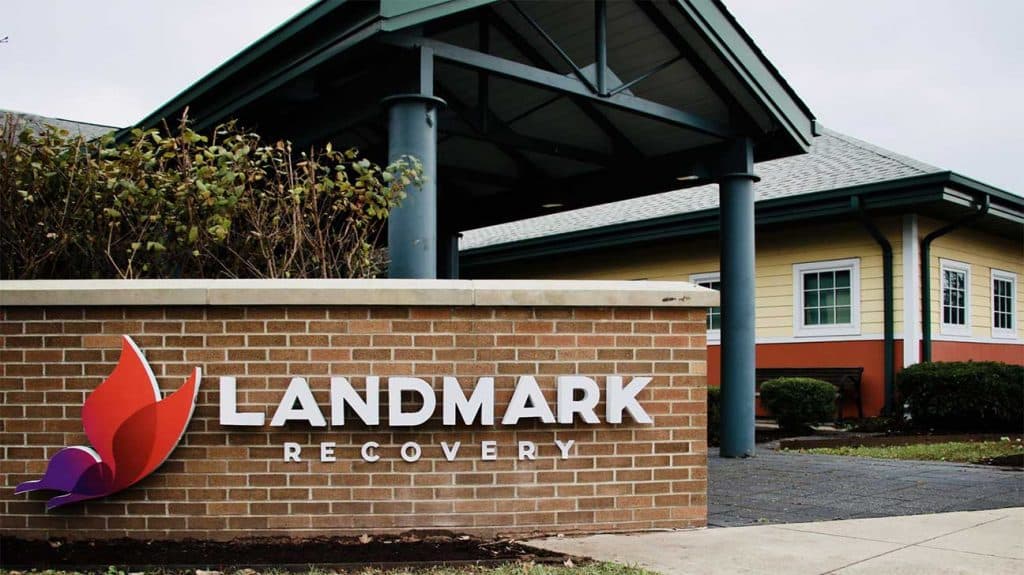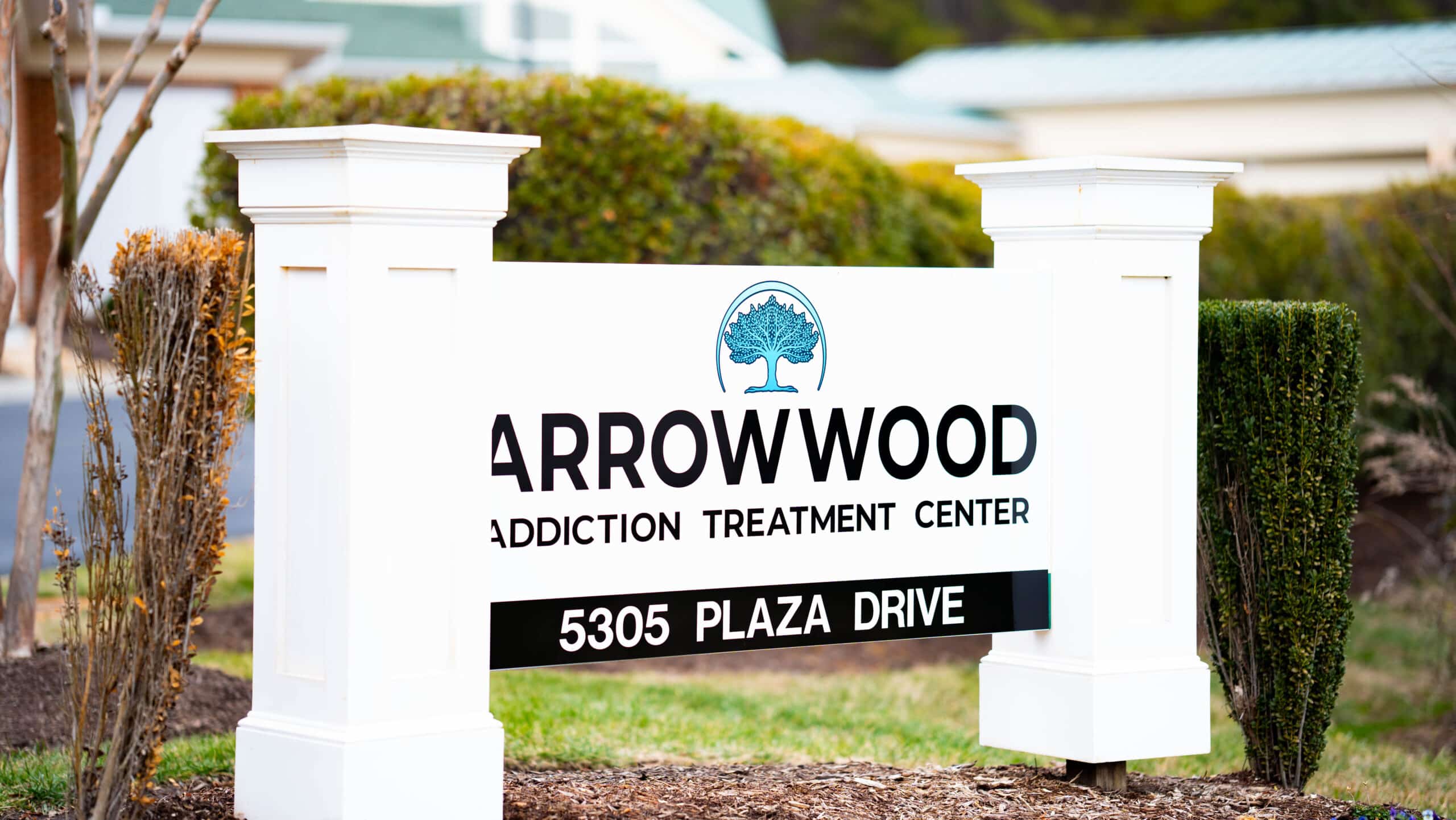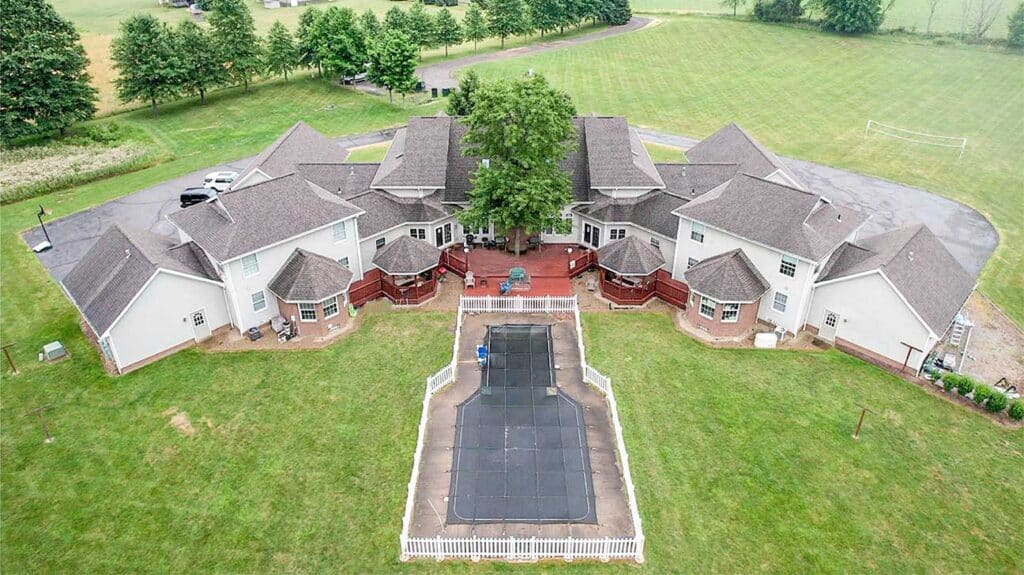
Why Finding the Right Rehab Center Can Save Your Life
Deciding to seek help for addiction is a courageous first step. The next, choosing the right rehab center, can feel overwhelming. This guide simplifies that process, helping you find a facility that fits your unique needs.
Quick Steps to Find a Rehab Center:
- Assess Your Needs: Identify the substance used, any co-occurring mental health issues, and your treatment history.
- Understand Levels of Care: Determine if you need detox, inpatient, or outpatient services.
- Verify Credentials: Look for state licensure, accreditation (like JCAHO or CARF), and qualified staff.
- Ask Critical Questions: Inquire about staff-to-patient ratios, therapy types, and aftercare planning.
- Check Insurance & Logistics: Confirm your coverage and consider location.
According to the Substance Abuse and Mental Health Services Administration (SAMHSA), millions of Americans struggle with substance use disorders. Finding quality care is crucial, as the right rehab center uses evidence-based practices and provides personalized care, which is vital since approximately 50% of people with addiction have co-occurring mental health disorders.
Choosing the wrong facility can lead to wasted time, money, and a higher risk of relapse. This guide will help you steer the options, spot red flags, and ask the right questions to find a program that offers a real path to recovery.
At Addiction Helpline America, we specialize in connecting individuals and families with quality, accredited treatment facilities custom to their specific needs.
Learn More About Specific Treatment Options:
Step 1: Assess Your Personal Needs for Treatment
Before you can find the right rehab center, you need to understand your specific situation. This self-assessment is a crucial first step toward finding a treatment program that will work for you.
Key Areas to Assess:
- Substance Use: What substances are being used (e.g., alcohol, opioids, stimulants)? The type of substance will determine the necessary medical and therapeutic approach.
- Usage History: How long has the substance use been happening, and how frequently? This helps gauge the severity of the addiction and the required level of care.
- Co-occurring Disorders: Are there underlying mental health conditions like depression, anxiety, or PTSD? According to the National Institute of Mental Health, about half of individuals with a substance use disorder also have a co-occurring mental health disorder. Treating both simultaneously is critical for successful recovery.
- Physical Health: Do you have any other medical conditions, such as diabetes or heart problems? The treatment center must be equipped to manage your overall health.
- Previous Treatment: Have you been to rehab before? Reflecting on what was helpful and what wasn’t can guide you toward a more effective program this time.
Defining Your Treatment Goals
Recovery is more than just stopping substance use; it’s about building a fulfilling life. Consider what you want to achieve:
- Sobriety Goals: Do you aim for complete abstinence, or are you considering Medication-Assisted Treatment (MAT)?
- Life Skills: What skills do you need to develop for a healthier life, such as stress management or communication?
- Relationships: Are there family or personal relationships you want to repair?
- Personal & Professional Goals: What are your long-term aspirations for your career, education, or personal growth?
Writing down these goals will help you evaluate potential rehab centers and determine if they can support your journey. At Addiction Helpline America, we can help you clarify these needs and find a program that aligns with your goals.
Step 2: Understand Treatment Options and Levels of Care
After assessing your needs, the next step is to understand the different types of addiction treatment available. Treatment is not one-size-fits-all; it’s a spectrum of care designed to meet you where you are in your recovery journey. The American Society of Addiction Medicine (ASAM) provides guidelines to help determine the most appropriate level of care for an individual’s specific situation.
| Treatment Type | Key Features | Time Commitment | Ideal Candidate |
|---|---|---|---|
| Detoxification (Detox) | Medically supervised withdrawal management to safely remove substances from the body. | 3-10 days | Individuals with physical dependence on substances like alcohol, opioids, or benzodiazepines. |
| Inpatient/Residential | 24/7 structured care in a residential facility. Includes therapy, counseling, and support. | 30-90 days or longer | Those with severe addiction, co-occurring disorders, or an unstable home environment. |
| Partial Hospitalization (PHP) | Intensive, structured day programs, typically 5-7 days a week for several hours a day. | 2-4 weeks | A step-down from inpatient care or for those needing more support than IOP. |
| Intensive Outpatient (IOP) | Structured therapy sessions for a few hours, several days a week, allowing clients to live at home. | 8-12 weeks | Individuals with a stable home environment who can manage daily responsibilities. |
| Outpatient/Aftercare | Regular, less frequent therapy sessions (e.g., weekly) to maintain sobriety and prevent relapse. | Ongoing, as needed | Individuals who have completed a higher level of care or have a less severe addiction. |
Specialized Treatment Programs
Many facilities offer specialized programs custom to the unique needs of different populations. These can significantly improve treatment outcomes.
- Dual Diagnosis: For individuals with both a substance use disorder and a mental health condition (like depression, anxiety, or PTSD).
- Substance-Specific: Programs focused on particular substances, such as alcohol, opioids, or stimulants, often incorporating Medication-Assisted Treatment (MAT).
- Gender-Specific: Men-only or women-only programs that provide a safe space to address gender-related issues in recovery.
- LGBTQ+ Affirming: Care that is sensitive to the unique challenges and experiences of the LGBTQ+ community.
- For Professionals: Programs designed for professionals like doctors, lawyers, or pilots, addressing career-specific stressors and requirements.
- Trauma-Informed Care: An approach that recognizes and addresses the role of trauma in addiction, creating a safe and supportive environment for healing.
Step 2: Understand Treatment Options and Levels of Care
Once you have a clear picture of your personal needs, the next step in how to find a good rehab center is to understand the various treatment options and levels of care available. Addiction treatment is not a one-size-fits-all solution; it’s a continuum of care designed to meet individuals at different stages of their recovery journey, offering varying intensities of support and supervision.
Different programs offer different intensities of treatment. The American Society of Addiction Medicine (ASAM) provides a widely used set of guidelines (continuum of care scale from 0.5 to 4.0) to determine the appropriate placement for individuals based on their needs. Matching your needs to the right program intensity is crucial for effective treatment.
| Treatment Type | Key Features | Time Commitment | Ideal Candidate |
|---|---|---|---|
| Detoxification (Detox) | Medically supervised withdrawal management to safely remove substances from the body. | 3-10 days | Individuals with physical dependence on substances like alcohol, opioids, or benzodiazepines. |
| Inpatient/Residential | 24/7 structured care in a residential facility with therapy, counseling, and support. | 30-90 days or longer | Those with severe addiction, co-occurring disorders, or an unstable home environment. |
| Partial Hospitalization (PHP) | Intensive, structured day programs, typically 5-7 days/week for several hours a day. | 2-4 weeks | A step-down from inpatient care or for those needing more support than IOP. |
| Intensive Outpatient (IOP) | Several therapy sessions per week while living at home. | 8-12 weeks | Individuals with a stable home environment who can manage daily responsibilities. |
| Standard Outpatient | Regular, less frequent therapy to maintain sobriety and prevent relapse. | Ongoing, as needed | As a step-down from higher care or for less severe addiction. |
Levels of Care Explained
Choosing the right level of care is about finding the right balance of structure and independence.
- Medical Detox: Often the first step, especially for substances with severe withdrawal (alcohol, opioids, benzodiazepines). Medical staff manage symptoms and ensure safety over 3-7 days before primary treatment.
- Inpatient/Residential Treatment: Live at the facility with 24/7 support. Programs often last 28+ days; many providers recommend 90 days for complex cases. Includes individual and group therapy, education, and recovery-focused activities.
- Partial Hospitalization Programs (PHP): Intensive daytime treatment (about 6 hours/day), returning home or to sober living at night. Suitable as a step-down from inpatient or when substantial support is needed.
- Intensive Outpatient Programs (IOP): Typically around 9+ hours of therapy weekly across multiple sessions. Good for those balancing work, school, or family with ongoing treatment needs.
- Standard Outpatient Programs: The least intensive option, focusing on weekly therapy and support groups. Often used for maintenance or milder substance use disorders.
Specialized Treatment Programs
A specialized approach can significantly improve outcomes when your needs are unique.
- Dual Diagnosis Programs: Treat substance use and co-occurring mental health disorders together (e.g., depression, anxiety, PTSD).
- Substance-Specific Tracks: Custom treatment for specific substances (e.g., alcohol, opioids), often including Medication-Assisted Treatment (MAT) when appropriate.
- Gender-Specific Programs: Men-only or women-only environments that address gender-specific challenges in recovery.
- LGBTQ+ Affirming Care: Culturally competent programs that address the unique stressors and experiences of LGBTQ+ individuals.
- Programs for Veterans: Targeted support for trauma and other veteran-specific needs.
- Trauma-Informed Care: Integrates therapies that recognize and address the role of trauma in addiction.
Choosing a program that aligns with your clinical needs, personal history, and preferences increases the likelihood of long-term recovery.
Step 4: Navigating Logistics and The Importance of Aftercare
Once you’ve narrowed down your options, it’s time to consider the practical details and, most importantly, plan for long-term success. Recovery is a journey, not a destination, and what happens after treatment is just as critical as the program itself. For immediate help, you can always contact the National Helpline.
Location, Amenities, and Environment
Where you receive treatment can impact your recovery. Consider these factors:
- Travel vs. Local: Traveling for treatment can provide a fresh start, removing you from triggers and daily stressors. Staying local, however, allows for easier family involvement and a smoother transition back home.
- Amenities: While luxury amenities like pools or gourmet food can be appealing, they should not be the primary factor in your decision. The quality of the clinical care and the therapeutic program is far more important. A beautiful facility is a bonus, not a substitute for effective treatment.
- Environment: The most crucial element is a safe, supportive, and non-judgmental atmosphere. You need a place where you feel comfortable enough to be vulnerable and do the hard work of recovery.
Paying for Rehab: Insurance and Other Options
Cost is a significant concern for many, but don’t let it be a barrier to getting help. The long-term costs of addiction often far outweigh the price of treatment.
- Insurance: The Affordable Care Act (ACA) mandates that most health insurance plans cover mental health and substance abuse treatment. We can help you verify your benefits to understand what your plan covers. It’s important to know the difference between in-network (lower cost) and out-of-network providers, as some plans offer partial coverage for out-of-network facilities.
- Private Pay & Financing: If you don’t have insurance, many centers offer payment plans or work with third-party financing companies. Some also use a sliding scale fee structure based on your income.
- Government-Funded Programs: State-funded rehab programs are available in every state, often through Medicaid. Other options include Medicare, Tricare for military members, and IHS/Tribal/Urban (ITU) funds for Native Americans.
The Critical Role of Aftercare
Completing a rehab program is a major accomplishment, but it’s the beginning of your recovery journey. Aftercare is the bridge between the structured environment of treatment and your return to daily life.
- Relapse Prevention Plan: A good rehab will work with you to create a personalized plan that identifies your triggers and outlines coping strategies.
- Sober Living Homes: These structured, substance-free living environments provide a supportive transition back into the community.
- Alumni Programs: Strong alumni programs indicate a facility’s long-term commitment to its patients. They offer a network of peers for ongoing support and connection.
- Continued Therapy & Support Groups: Continuing with individual or group therapy, as well as participating in support groups like AA, NA, or SMART Recovery, is crucial for maintaining sobriety and navigating the challenges of life in recovery.
Step 4: Navigating Logistics and The Importance of Aftercare
You’ve done the hard work of assessing your needs and vetting potential facilities. Now it’s time to consider the practicalities and, critically, how to sustain your recovery long-term. Recovery is a marathon, not a sprint, and planning for success after treatment is just as important as the treatment itself. For immediate help, remember you can always call the National Helpline at 1-800-662-HELP (4357).
Location, Amenities, and Environment
Where you choose to go for treatment can significantly shape your recovery experience. This is a personal decision, and there’s no one-size-fits-all answer.
For many people, traveling away from home for treatment offers a fresh start. Distance can be a powerful tool. When you’re far from familiar triggers—whether that’s certain neighborhoods, old friends who still use, or even just the stress of daily routines—you can focus entirely on healing. We’ve seen countless individuals thrive when they can immerse themselves completely in recovery without the distractions or temptations of home. It’s like hitting the reset button in a place where nobody knows your past, only your potential.
On the flip side, staying local has its own advantages. If family involvement is crucial to your recovery, being close to home makes it easier for loved ones to participate in therapy sessions and visit regularly. For those in outpatient programs, staying near your support network can provide stability and continuity. You won’t be starting from scratch when treatment ends—you’ll already be embedded in your community.
Now, let’s talk about those glossy brochures featuring resort-like amenities. A beautiful facility with a pool, gourmet meals, or oceanfront views sounds appealing. And honestly? Comfort can contribute to a positive healing environment. But here’s the truth: amenities should never be your primary consideration. A luxurious setting with subpar clinical care won’t lead to lasting recovery. Focus first on evidence-based therapies, qualified staff credentials, and specialized programs that match your needs. The fancy extras are just that—extras. Think of them as the cherry on top of a solid foundation, not the foundation itself.
What truly matters is the overall environment. Does the facility feel safe? Supportive? Free from judgment? A serene, nurturing atmosphere where you can be vulnerable and do the deep work of recovery is worth more than any amenity package. Trust your instincts when you visit or speak with staff. Does this feel like a place where healing can happen?
Paying for Rehab: Insurance and Other Options
Let’s address the elephant in the room: cost. We know the price tag of rehab can feel overwhelming, but please don’t let financial concerns keep you from seeking help. The financial toll of long-term addiction—lost jobs, legal troubles, health problems—is far greater than any treatment investment.
First, the good news: the Affordable Care Act (ACA) requires most insurance plans to cover mental health and addiction treatment. This is a game-changer. At Addiction Helpline America, we can help you verify your benefits and understand exactly what your coverage includes. Many people are surprised to find they have more coverage than they realized.
When exploring how to find a good rehab center that fits your budget, understanding in-network versus out-of-network facilities is crucial. In-network centers typically mean lower out-of-pocket costs because they’ve negotiated rates with your insurance company. But don’t automatically dismiss out-of-network options. Some excellent programs may not be in your network, yet your insurance might still cover a significant portion. Always ask facilities about expected costs upfront—transparency is key.
If insurance coverage is limited or unavailable, you have other options. Private pay allows you to pay directly, and many facilities offer payment plans or work with third-party financing companies to make treatment more accessible. Some centers also offer sliding scale fees based on your income and ability to pay, ensuring that quality care isn’t reserved only for those who can afford the highest price tags.
Don’t overlook state-funded programs either. Many states—including Alabama, Alaska, Arizona, Arkansas, California, Colorado, Connecticut, Delaware, Florida, Georgia, Hawaii, Idaho, Illinois, Indiana, Iowa, Kansas, Kentucky, Louisiana, Maine, Maryland, Massachusetts, Michigan, Minnesota, Mississippi, Missouri, Montana, Nebraska, Nevada, New Hampshire, New Jersey, New Mexico, New York, North Carolina, North Dakota, Ohio, Oklahoma, Oregon, Pennsylvania, Rhode Island, South Carolina, South Dakota, Tennessee, Texas, Utah, Vermont, Virginia, Washington, West Virginia, Wisconsin, Wyoming, and the District of Columbia—offer rehab programs through Medicaid or specific grants. Other government funding sources include Medicare, Tricare (for military personnel and families), and IHS/Tribal/Urban (ITU) funds for Native American populations.
The bottom line? If you need treatment, there’s almost certainly a way to make it happen. Don’t give up before exploring every option.
The Critical Role of Aftercare
Here’s something we need you to understand: completing a rehab program is a monumental achievement, but it’s not the finish line. It’s actually just the beginning of your new life. Aftercare is the bridge between structured treatment and independent living, and it’s absolutely critical for long-term sobriety.
Think about it this way—you’ve just spent weeks or months in an intensive, supportive environment where every day is structured around recovery. Then suddenly, you’re back in the real world with all its stresses, triggers, and temptations. Without a solid aftercare plan, that transition can feel like being thrown into the deep end without a life jacket.
A quality rehab center will work with you to develop a personalized relapse prevention plan before you leave. This isn’t just a generic handout—it’s a detailed roadmap identifying your specific triggers and the coping strategies you’ve learned to handle them. What situations are high-risk for you? Who can you call when cravings hit? What healthy habits will you maintain? These questions should all have answers before you walk out the door.
For many people, sober living homes provide an invaluable stepping stone. These residences offer a drug- and alcohol-free environment with built-in accountability and community. You’re not living alone in isolation, but you’re also not in a hospital-like setting. It’s a middle ground where you can practice independence while still having support and structure.
Here’s a great litmus test when choosing a facility: ask about their alumni programs. Centers that offer robust alumni programs are showing you they care about your long-term success, not just getting you through their doors. These programs typically provide ongoing support, social events, and a network of peers who truly understand your journey because they’re on the same path.
Continuing therapy after formal treatment ends is equally important. Whether it’s individual sessions with a counselor or group therapy, ongoing professional support helps you reinforce coping skills, work through challenges as they arise, and address any underlying issues that might threaten your sobriety.
Finally, don’t underestimate the power of support groups. Whether you connect with 12-Step programs like Alcoholics Anonymous or Narcotics Anonymous, SMART Recovery, or other peer-led groups, these communities offer something irreplaceable: people who get it. They’ve been where you are. They know the struggles, the victories, the setbacks, and the triumphs. This shared experience creates a bond and accountability that can literally save your life.
Recovery is a lifelong journey, and aftercare ensures you’re never walking it alone.
Frequently Asked Questions about Finding a Rehab Center
We understand you likely have many questions as you steer how to find a good rehab center. Here are some of the most common ones we hear:
How long does rehab usually last?
The length of a rehab program is not one-size-fits-all; it’s custom to your individual needs, the severity of the addiction, and your progress. While 30-day programs are common, many experts recommend longer stays, such as 60 or 90 days, for more effective, long-term recovery. The key is that the treatment plan should be based on your progress, not a predetermined timeline.
What is the difference between accreditation and licensing?
Licensing is a mandatory requirement from the state for a facility to operate legally. It ensures the center meets basic health and safety standards. Accreditation, on the other hand, is a voluntary process where a facility is evaluated by an independent organization (like The Joint Commission or CARF) against a higher set of quality and care standards. Accreditation is a strong indicator of a program’s commitment to excellence.
Can I be forced to go to rehab?
While treatment is most effective when entered voluntarily, there are situations where it can be mandated. Involuntary commitment laws in some states allow for individuals to be placed in treatment if they are deemed a danger to themselves or others. Additionally, a court may order someone to attend rehab as part of a sentence for a drug- or alcohol-related offense. However, a compassionate approach that encourages voluntary participation is always the preferred path. If you need help navigating these conversations, resources like the National Helpline can provide guidance.
Conclusion
Finding the right rehab is the first, crucial step toward a new, healthier life. It’s a significant decision, but with the right information and support, you can make an informed choice that sets the stage for lasting recovery. A personalized approach is key, as what works for one person may not work for another.
Recovery is possible with the right support, and you don’t have to steer this complex process alone. Don’t be afraid to ask for help. At Addiction Helpline America, we are dedicated to providing free, confidential, and personalized guidance to help you find a rehab center that fits your unique needs from our vast network of trusted facilities across the country. Your journey to healing starts here.
Our helpline is 100%
free & confidential
If you or someone you care about is struggling with drug or alcohol addiction, we can help you explore your recovery options. Don’t face this challenge alone—seek support from us.
Programs
Resources
Will my insurance
cover addiction
treatment?
We're ready to help
Find the best
drug or alcohol treatment
center
Are you or a loved one struggling with addiction? Call today to speak to a treatment expert.


